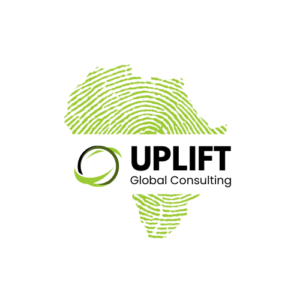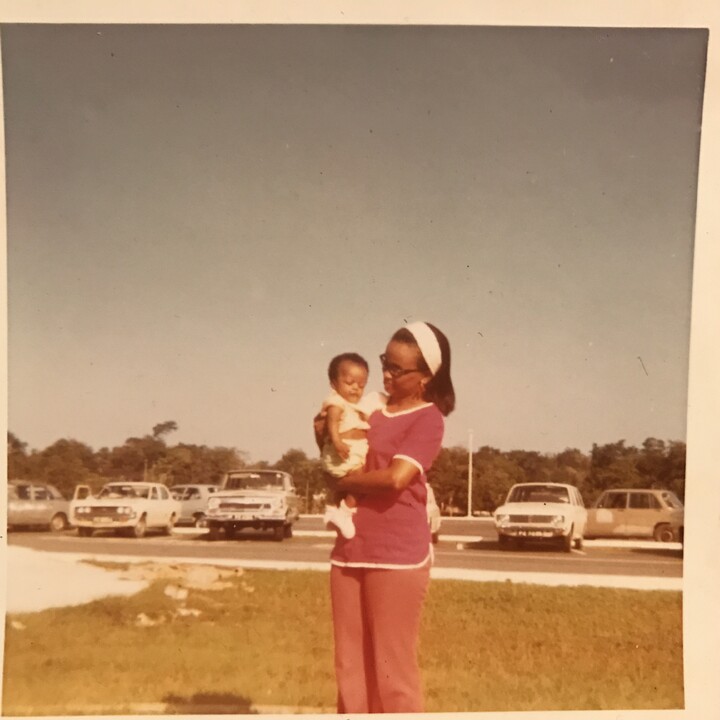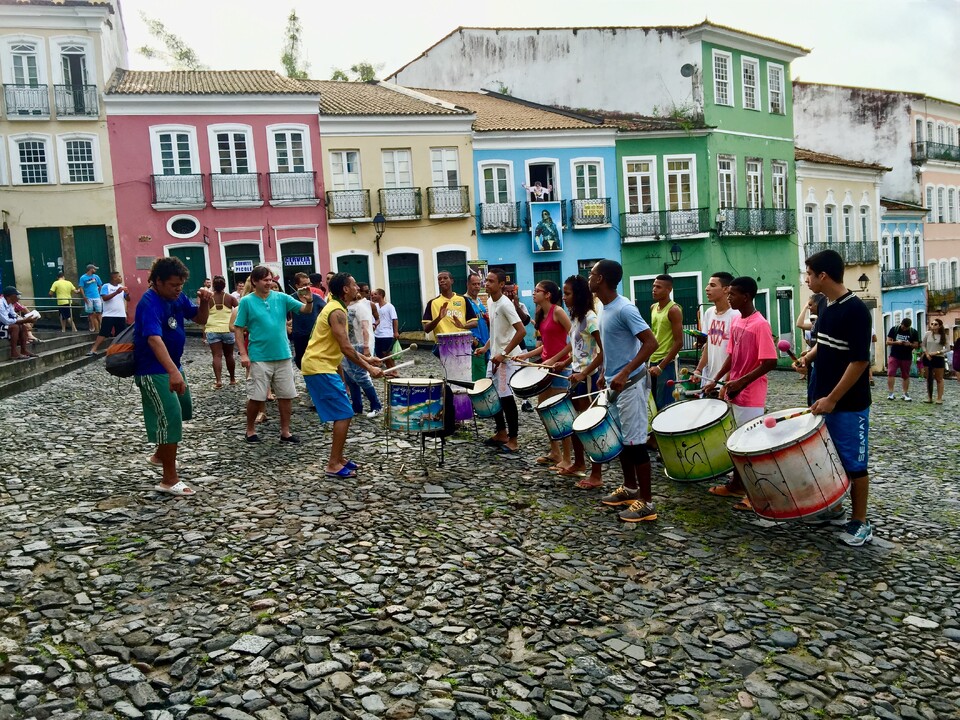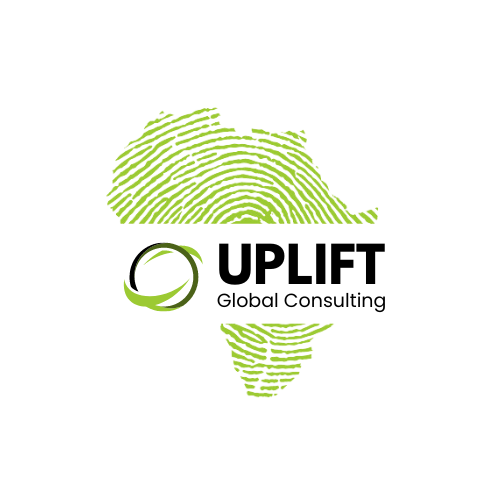If you know anything about Guyana, you might be aware that it is a nation of contrasts and multiple identities, contradictions and pluralities, in a class of its own in many ways. We epitomize the concept of “Yes, but…”
Yes, Guyana is part of the Caribbean, but we’re not in the Caribbean (geographically speaking). We’re not an island; we’re a country on the mainland of South America. Yes, we’re in South America, but we’re not Latin American. We’re Caribbean by virtue of our history and culture. Yes, we’re surrounded by Spanish and Portuguese speaking neighbors, but we don’t speak Spanish or Portuguese. We’re the only English-speaking country in South America. You might think of Guyana as predominantly Black, or you might think of Guyana as predominantly Indian, and yes, on both counts you would be right. But we also have Indigenous (Amerindian), Chinese and Portuguese communities who also form an indelible part of the Guyanese cultural tapestry.
It’s a country that’s hard to pin down and categorize—if you’ve even heard of it, that is. About half of the people I’ve ever encountered in the US and in my travels have never heard of Guyana.
This year will make 40 years since my mother and I left Guyana and settled in the US. We left, and we never really looked back. Except for one brief trip I took in 2001, neither I nor anyone in my family has never been back. By these measures, you could say I am more American than anything else, and, once again, you would be right.
You might think of Guyana as predominantly Black, or you might think of Guyana as predominantly Indian, and yes, on both counts you would be right.
But Guyana has never left my heart. It’s not an exaggeration to say that, in all the decades since I left, Guyana comes up in conversation, or in my thoughts, at least weekly. And for years before I went back in 2001, I had constant recurring dreams about the house I grew up in.
By now I’m more American than Guyanese, yes. Most people I engage with in my work and travels see me as American. When I travel to Africa or Latin America, the first thing people see (or hear in my accent), is an American. The Guyanese part of me fades to insignificance, probably because most people around the world have a powerful mental concept of “American,” and little to none whatsoever of “Guyanese.”
But I am Guyanese, too, and I want you to see that. I want to put Guyana on the map in your mind, to give it shape and form so that when you meet another Guyanese person, you will have a mental concept that will allow you to say, “I see you,” if not in whole, at least in part.
This year, I’m embarking on a journey back to my roots, and I invite you to follow along. I’m going to dive into the memories and experiences of my home country, and reacquaint myself with our history and legacy. I’ll travel back to Guyana this year, for the first time in over 20 years, and plant my feet on the soil that nurtured me for the first twelve years of my life. I’ll get to know my country again, explore the contours of our culture and identity, and document it all in written and video formats.
But what I’m really excited about is the chance to explore not only my Guyanese heritage, but also my African roots. This part of the exploration is important to me, as it ties into my mission of building and cultivating strong links between Africa the continent and Africa in Latin America and the Caribbean (LAC).
Africa gave birth to my ancestors, who gave birth to me and all the Afro-descendants in Guyana and across the LAC region. We are all children of Africa—without it, none of us would exist.



